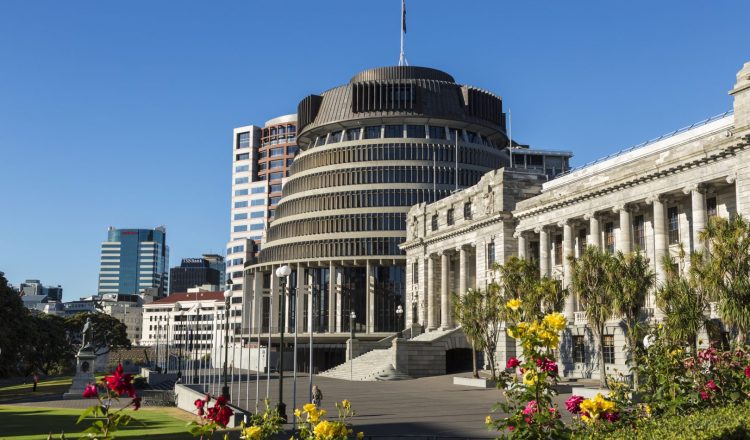Voting
General elections occur every three years. They can be held sooners at the discretion of the prime minister, but it only usually happens when they have received a vote of no confidence. A by-election is held to fill a vacancy during parliamentary term. The next general election will be in 2023.
You are eligible to enrol and vote in New Zealand if you are 18 years old or older, are a New Zealand citizen or permanent resident and have lived in New Zealand continuously for 12 months or more at some point in your life.
Voting gives you the power to decide how New Zealand is run. The MPs that you choose to vote for will help make big decisions on issues that are important to you. By voting you are supporting the candidate that will do the best for you and the issues that you care about. Voting is a chance to change the way the country is run. If you don’t vote, then you won’t have any say on who makes the decisions and people who you don’t want to get in power might win.
To enrol or to update your enrolment details you can visit the government website: www.vote.nz/enrolling/enrol-or-update/enrol-or-update-online. Before any election the government will send you a letter confirming your eligibility to vote and provide you with a EasyVote card, the EasyVote care is unique to you.
When you come to vote there will be helpers there that can guide you if your have any questions. When it is your turn, go up to the person issuing the voting papers and show them your EasyVote card and say your name. They will find your name on the electoral roll and give you your voting papers. You will only get one voting paper for the election. If you do not have your EasyVote card with you then they will ask your name and address. It may take them longer to find you. Once you have your voting papers, you go behind a voting screen, where you can vote privately.

















































